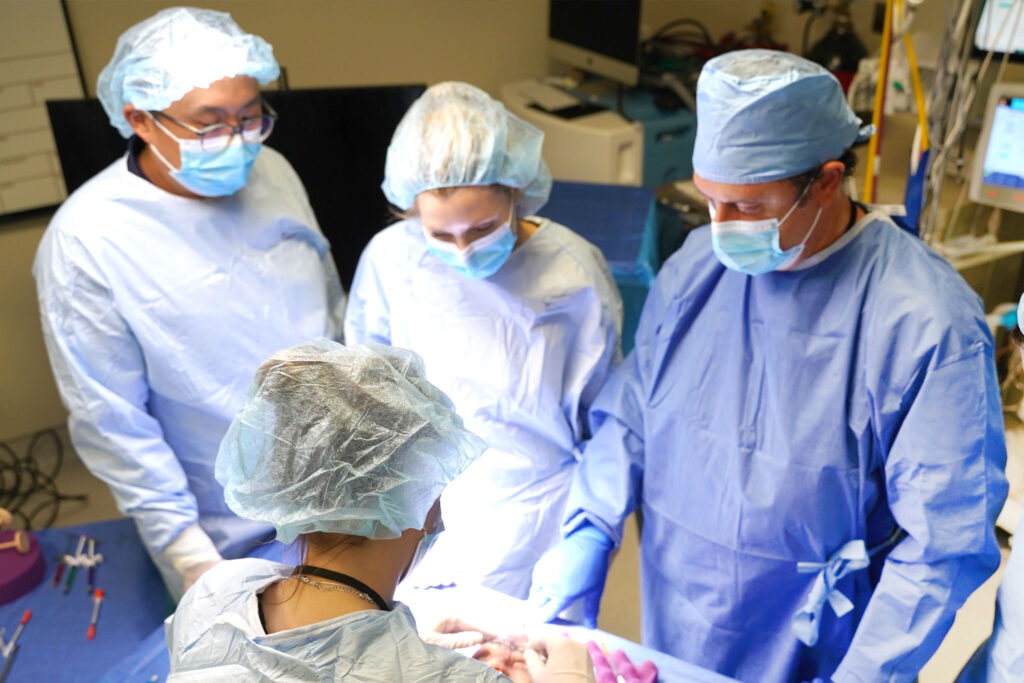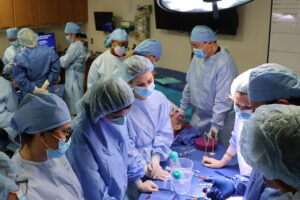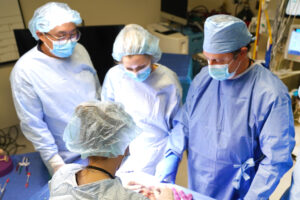Why Complication Preparedness Matters
In aesthetic medicine, injectables are among the most in-demand treatments, but with popularity comes responsibility. Patients often see fillers as quick, low-risk procedures, yet for injectors, the potential for complications is ever-present. Among the most concerning issues are filler migration—when product moves from the intended placement to an adjacent area—and vascular occlusion, which can lead to tissue ischemia, necrosis, or even vision loss. While rare, these complications highlight the need for practitioners to go beyond surface-level techniques and deeply understand the underlying anatomy. Cadaver training provides this crucial layer of knowledge, equipping injectors with the skills and awareness to prevent, recognize, and manage complications effectively.

Understanding Filler Migration
Filler migration occurs when product moves from its original injection site into unintended tissue planes. While migration may sometimes result in minor aesthetic concerns, such as puffiness or asymmetry, it can also be a sign of deeper issues with injection technique. Migration often happens when fillers are placed too superficially, in areas with high mobility, or under repeated pressure. Cadaver training allows injectors to explore how tissue planes, ligaments, and fat compartments interact, offering clarity on where product should and should not be deposited. This three-dimensional understanding helps practitioners refine their approach, ensuring more stable results and reducing the risk of migration.
The Risks of Vascular Occlusion
Vascular occlusion represents one of the most serious complications in injectable treatments. When filler is inadvertently injected into or compresses a blood vessel, the result can be immediate blanching, pain, and in severe cases, tissue necrosis. The risk escalates in high-danger zones such as the glabella, nose, nasolabial folds, and lips, where key arteries lie close to the surface. Cadaver dissection provides a unique opportunity for injectors to trace the exact pathways of these vessels, appreciate their variations, and visualize their relationship to landmarks commonly used for injections. By practicing on cadavers, injectors gain confidence in navigating high-risk zones with precision.
Cadaver Training as a Tool for Complication Management
One of the most valuable aspects of cadaver-based training is the ability to connect theory with practice. When injectors see firsthand how product can spread along tissue planes or encounter a vessel, the clinical implications of filler migration and vascular occlusion become more tangible. Cadaver labs also reinforce the importance of preventive techniques—using cannulas in certain areas, injecting slowly with minimal pressure, aspirating, and respecting anatomical planes. Beyond prevention, this training also underscores the urgency of prompt recognition and intervention, such as the immediate use of hyaluronidase in the case of suspected vascular compromise.
Building Confidence and Protecting Patients
Ultimately, cadaver training does more than teach anatomy—it builds the confidence needed to act decisively when complications arise. Knowing the vascular map of the face, understanding filler behavior in real tissue, and being prepared with protocols for complication management all translate into safer, more effective practice. For patients, this means their injector is not only skilled in creating natural results but also equipped to protect their health and safety.
Conclusion
Filler migration and vascular occlusion are risks that no injector can afford to ignore. By grounding clinical practice in the knowledge gained through cadaver training, aesthetic professionals can minimize complications and maximize patient trust. Complication management begins with prevention, but it is strengthened through preparedness—and cadaver anatomy training offers the most direct and impactful way to achieve both.


